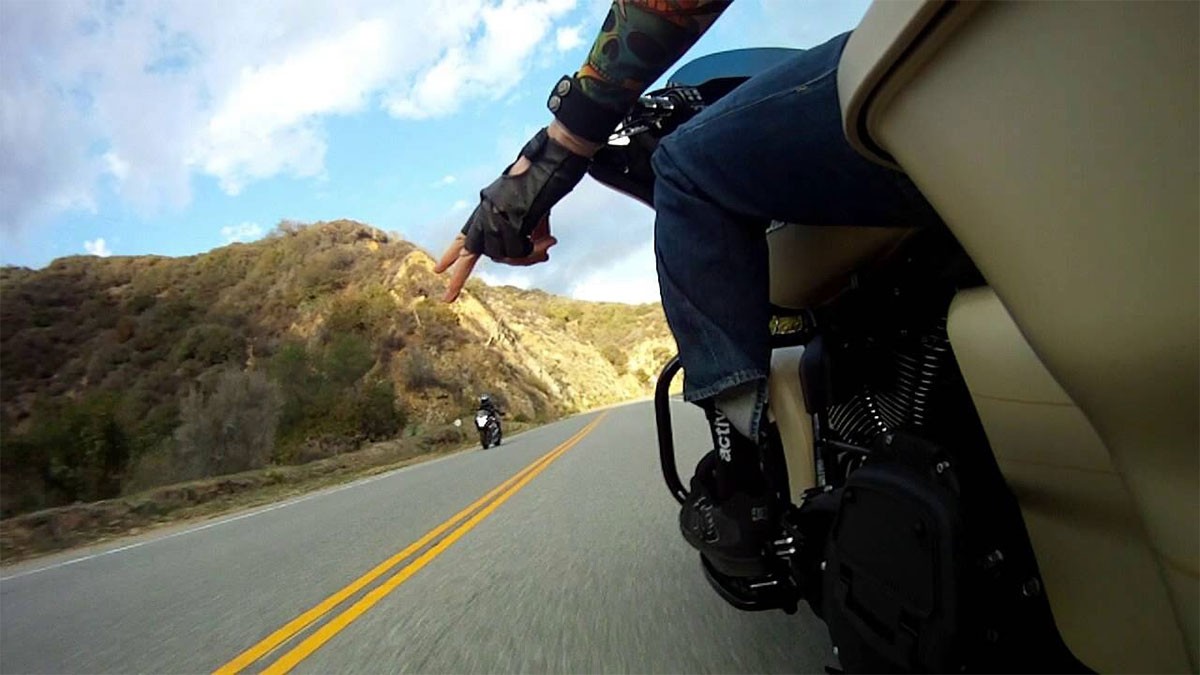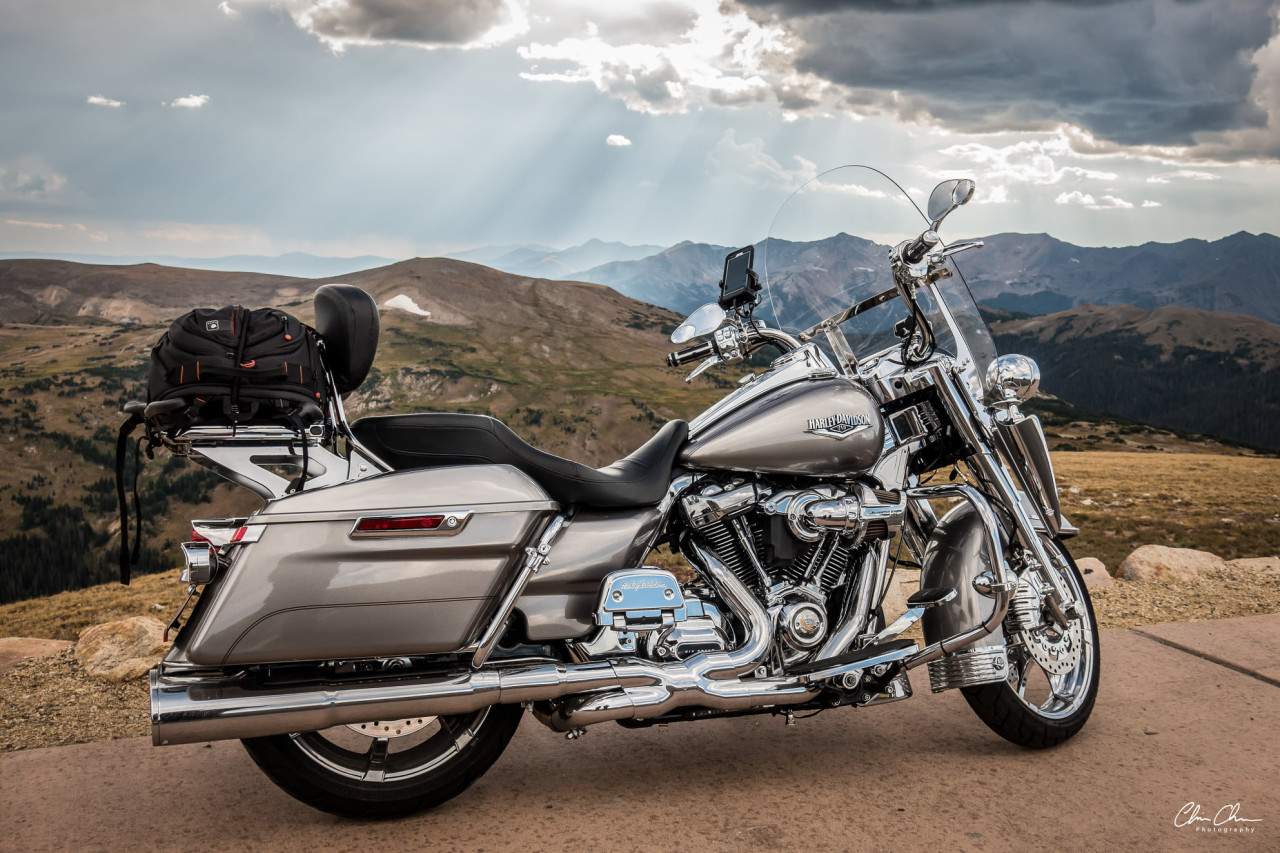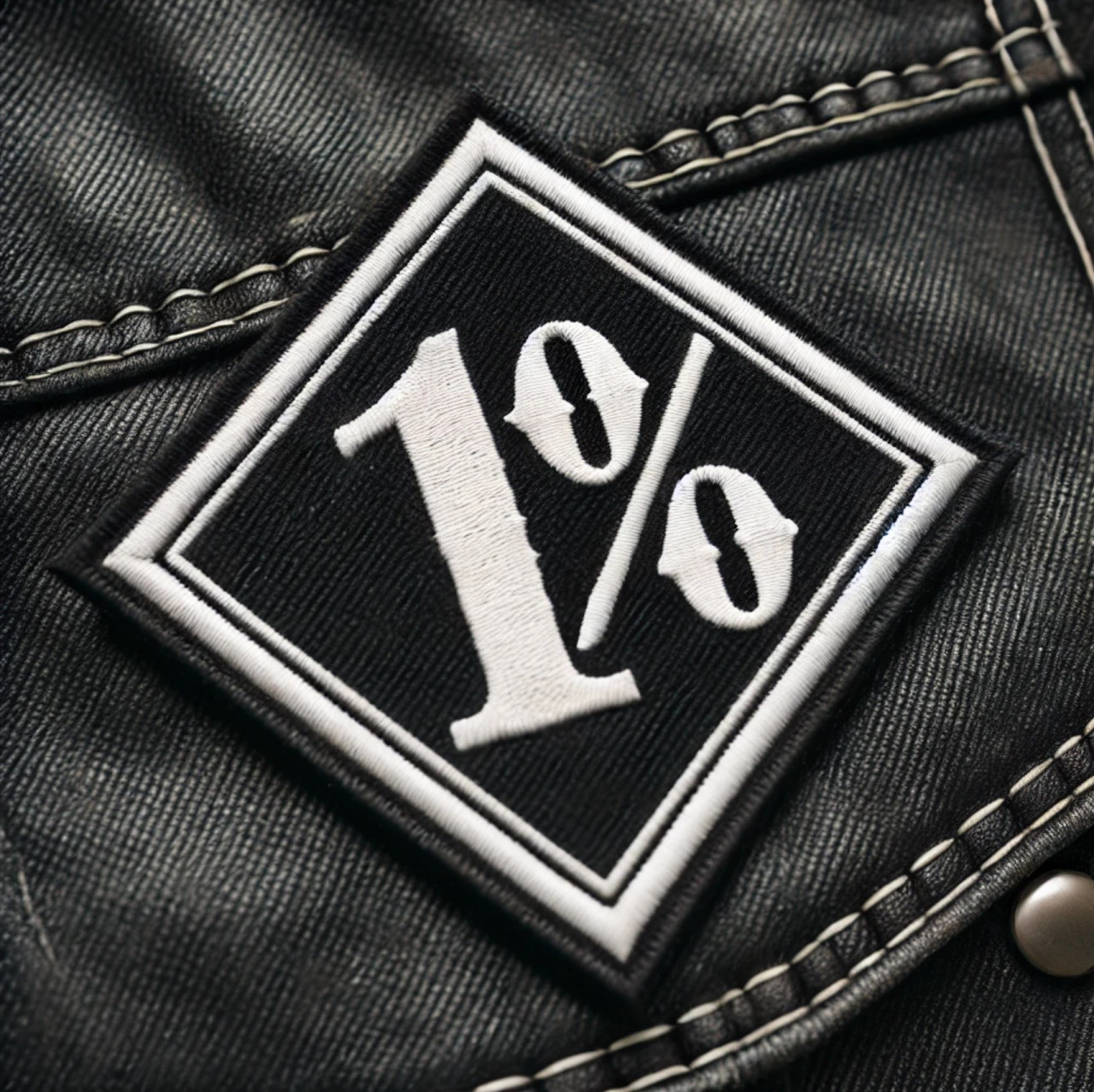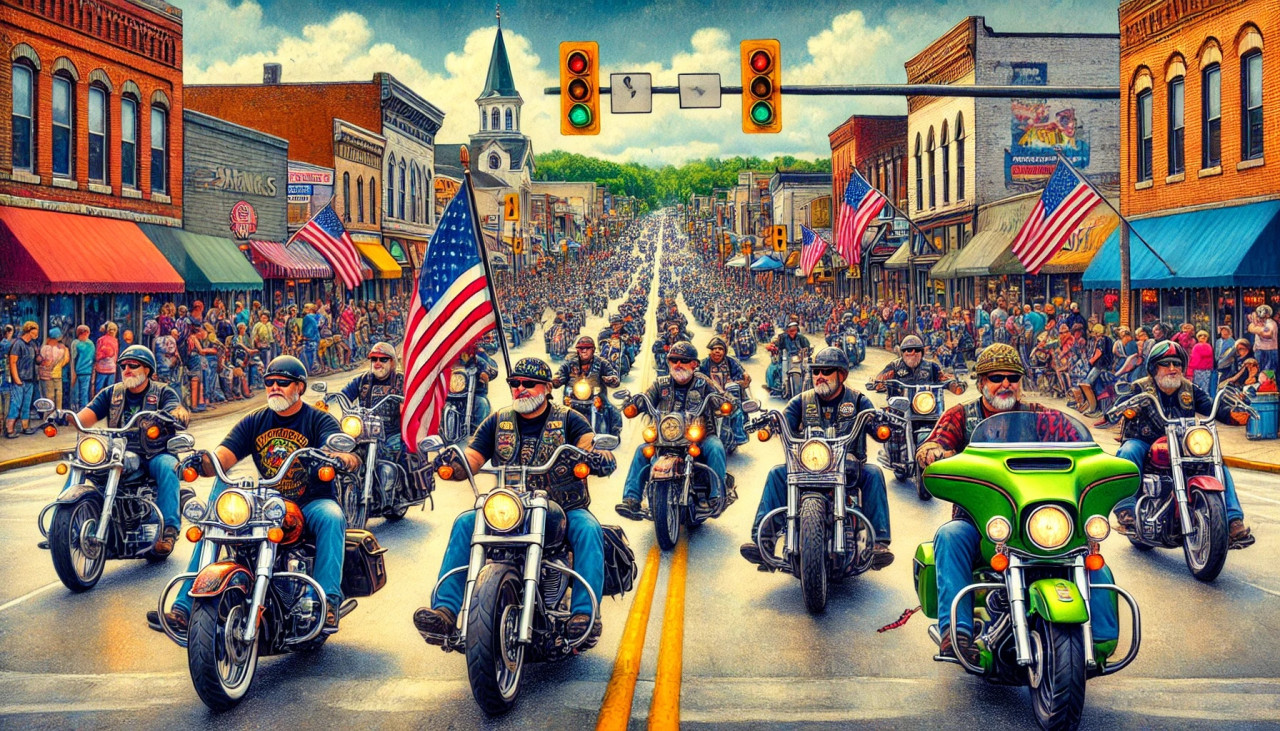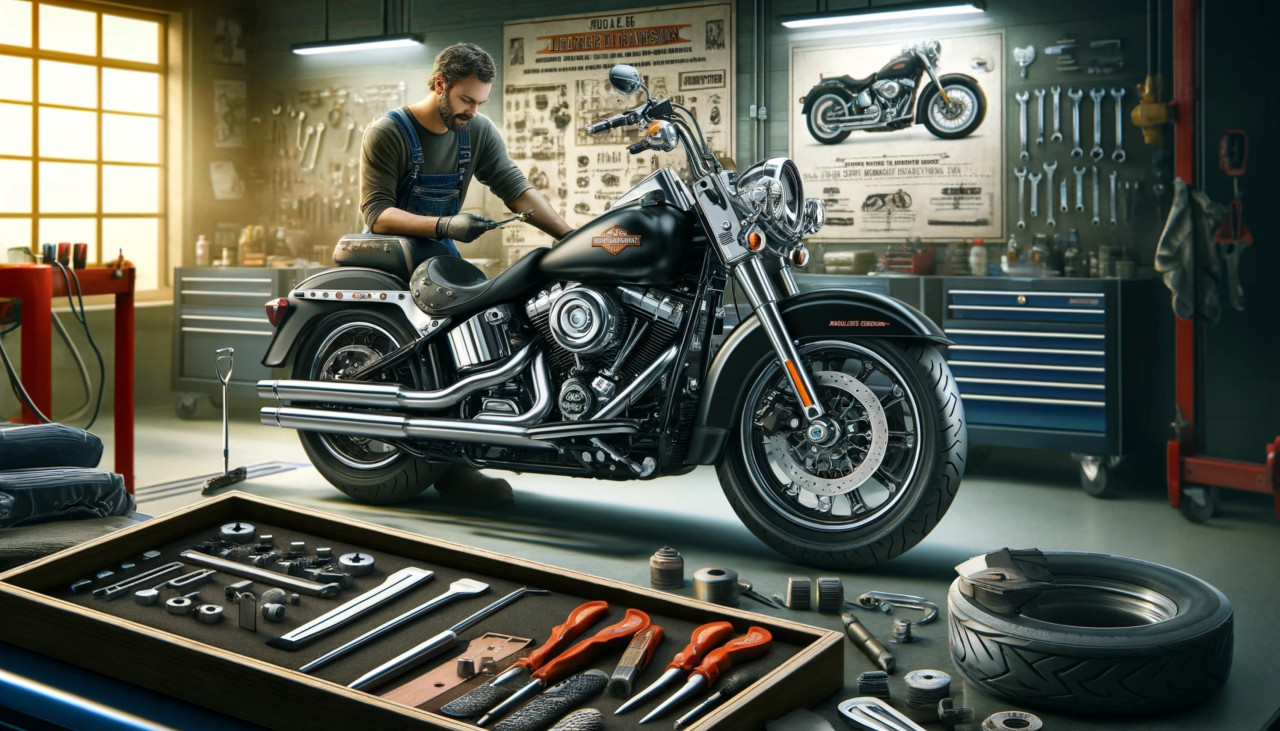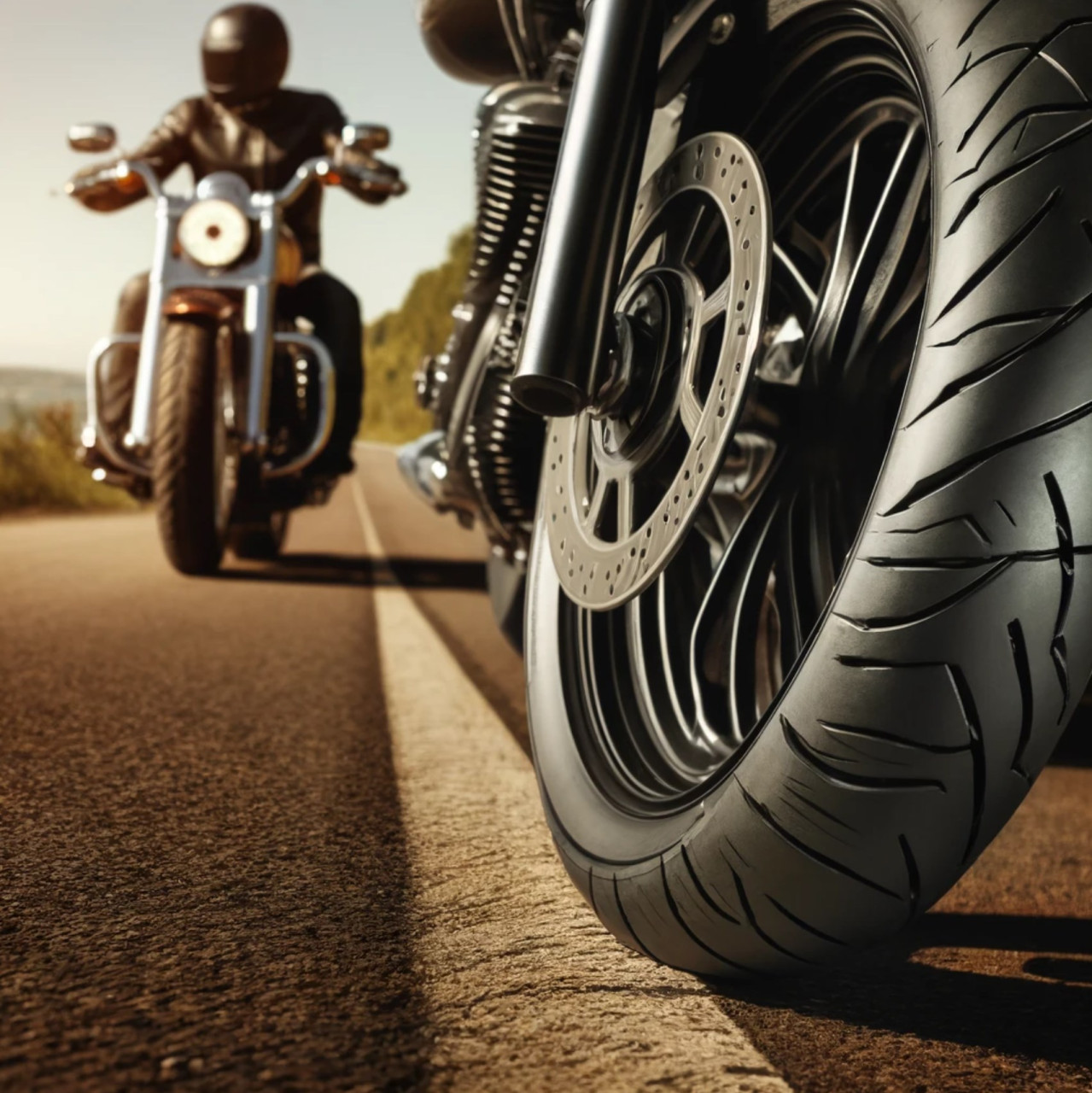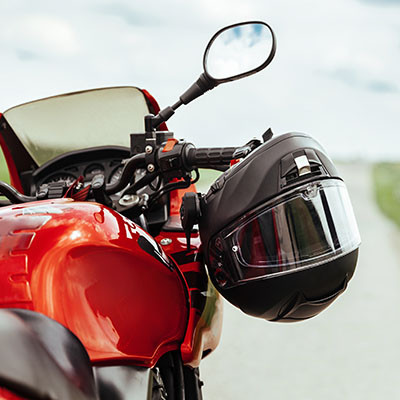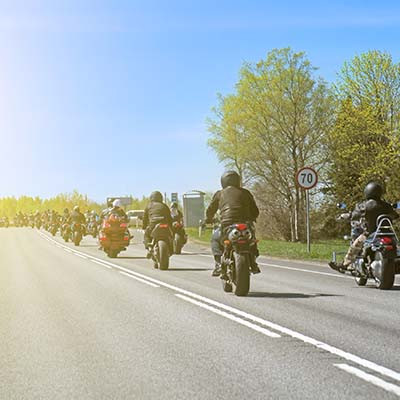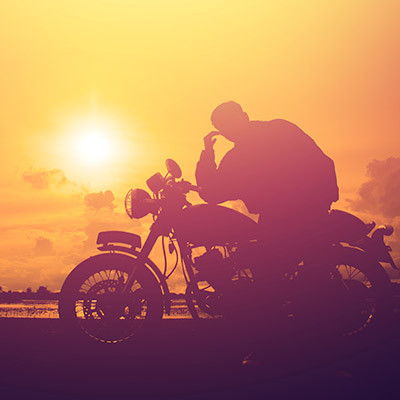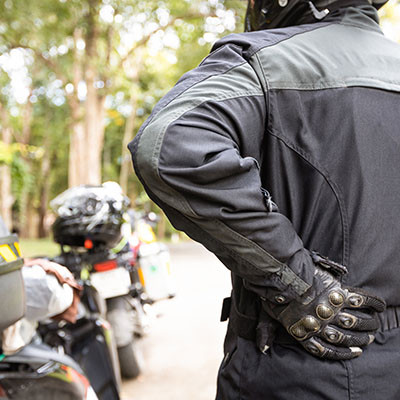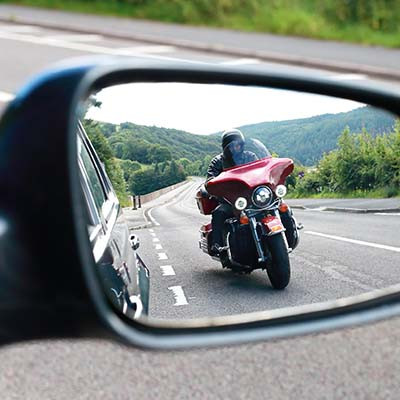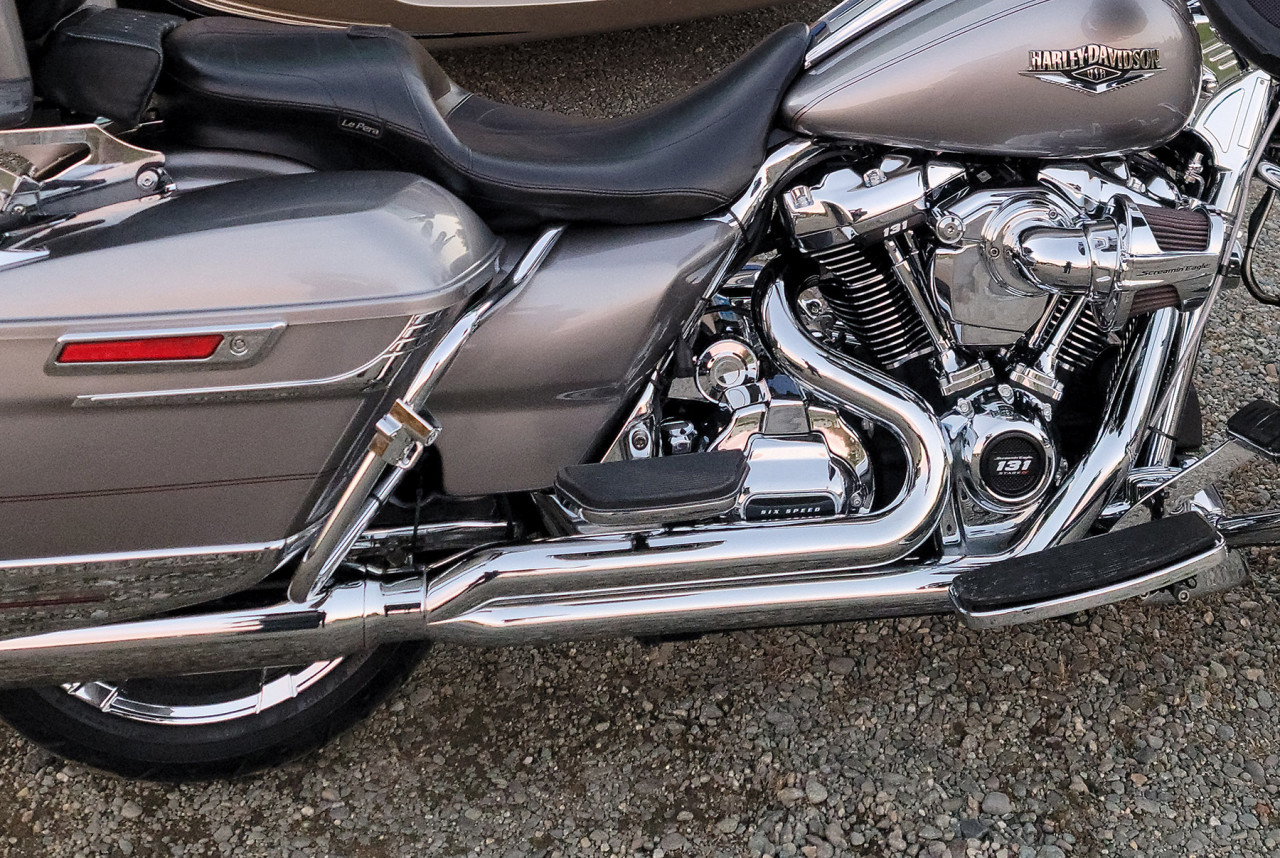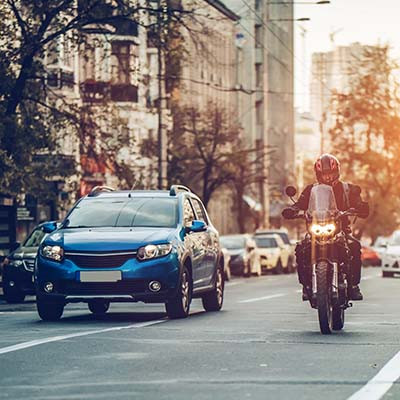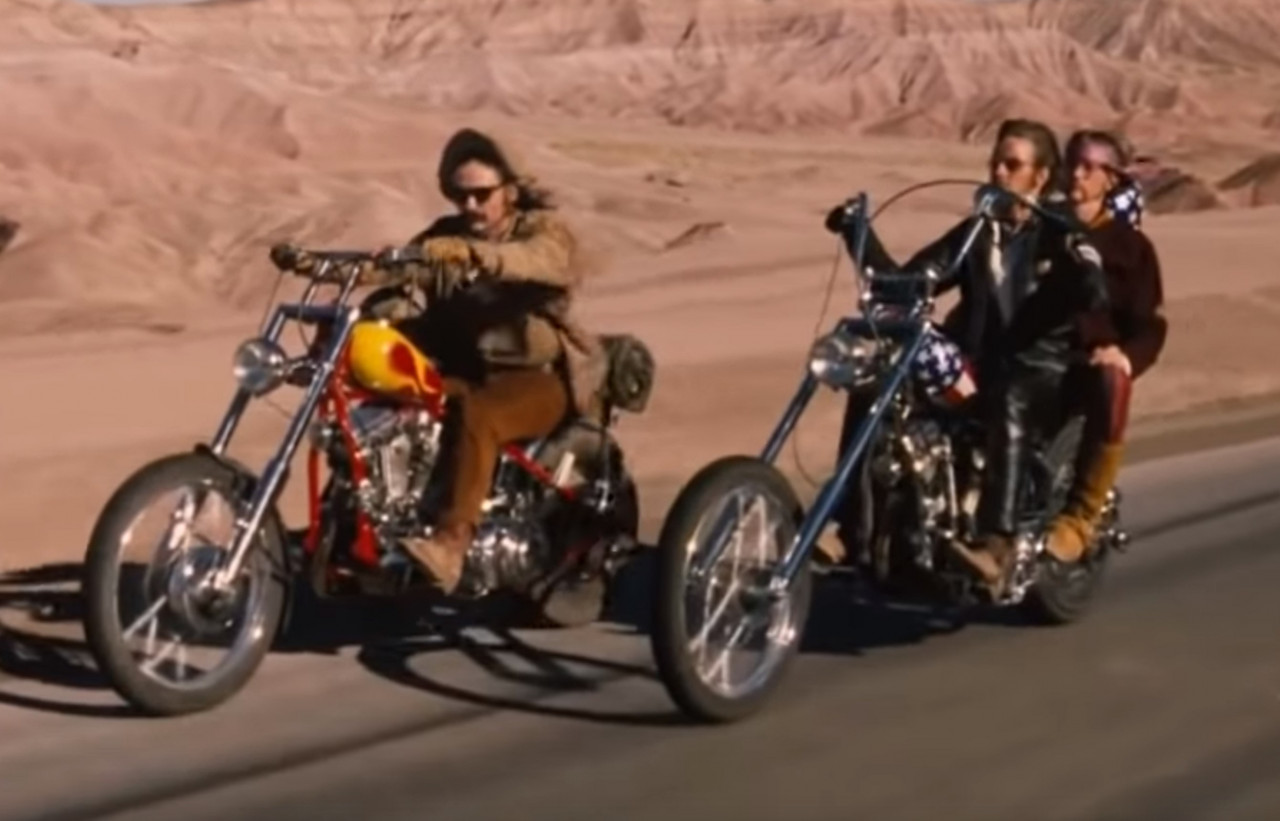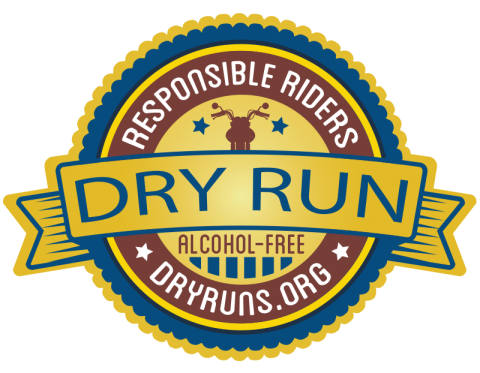Why Do Motorcycle Riders Wave with Two Fingers Down?
If you're a motorcyclist, you've likely experienced that unique, almost sacred moment when you pass another rider on the road, and they give you "the wave." It's not just any wave—it's often two fingers pointed downward, a gesture that may seem subtle to outsiders but carries significant meaning within the riding community.
But where did this custom come from, and why has it become such a universal symbol of camaraderie among riders? Let’s dive into the history and the meaning behind the two-finger motorcycle wave.
The Origins of the Motorcycle Wave
The exact origin of the wave is hard to pinpoint, but it is deeply rooted in motorcycle culture's earliest days. Some say it dates back to the 1900s when motorcycles were still a rare sight on the road. When riders crossed paths, they would acknowledge each other as part of a small, tight-knit group, sharing the road in a world dominated by cars. In the early days, the wave was a simple act of recognition—a way to say, "I see you, fellow rider."
A more specific theory connects the wave to the military. Many World War II veterans returned home and took up motorcycling, either as a means of transportation or as a hobby. These veterans were accustomed to using hand signals in the military, and it’s believed that the wave became a natural extension of their habits—an acknowledgment of mutual respect, much like a salute.

 How to resolve AdBlock issue?
How to resolve AdBlock issue?

